This post has been sponsored by Louis Pommery. The following message is intended for those 21+. All opinions expressed are my own. Please enjoy responsibly.
Today we’re taking a look at a Louis Pommery Brut England. As the name implies, this particular sparkling wine is sourced from English-grown grapes. As always, we’ll start with a brief overview of England as a wine region, discussing what makes the area tick in terms of viticulture. From there, we’ll take a look at the wine itself, after which I’ll suggest some pairings to help get the most out of this bubbly.
Now, without further delay, let’s get to it.
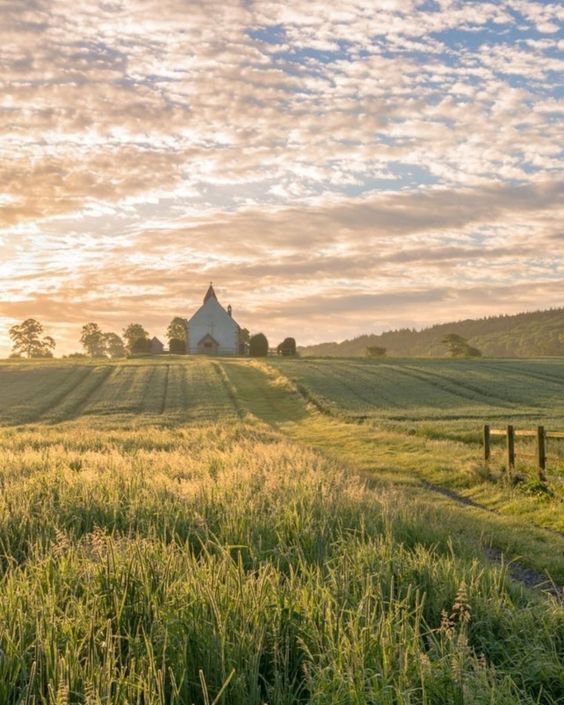
The Where – England, UK
After more than ten years of writing about wine here on Living the Gourmet, there are very few ‘firsts’ left for me to experience. I’ve touched on all of the major terroirs and regions, and a fair few of the minor or emerging regions in which grapes are grown. From Mendoza across the ocean to Bourdeaux and Tuscany, and from California to Long Island, the Finger Lakes, and Washington State, and positively everywhere in between, I’ve sampled, reviewed, featured, and paired countless bottles from countless places. And I’m not bragging, I’m just saying.
However, today I have an actual, honest-to-goodness ‘first’ to bring you. Wine from the UK. I’ve never before sampled wine from the UK for Living the Gourmet. I admit I had to do some fresh research on this one, so let’s dive into it together.
For starters, UK-grown grapes are drawn primarily from the Island’s southernmost reaches of its southernmost province – England. That means counties like Sussex, Kent, Surrey, Hampshire, and Dorset. These areas benefit especially from a cool maritime climate, one that’s moderated by proximity to the Atlantic Ocean and the English Channel.
While English viticulture has a long history – dating back to the Romans (who couldn’t pass a plot of earth without packing it full of vines and olive trees) – it wasn’t until recent decades that things really started to take off.
But why hadn’t English wine taken off until relatively recently? A few reasons. First, and frankly, because the weather isn’t conducive to cultivating vines. Second, for a long time, any winemakers serious about producing worthwhile wine would spend time ‘anywhere else’ rather than attempting to ply their craft in England.
Here I’ll draw a comparison to New York’s Long Island. Grapes had been grown in New York since the arrival of the first settlers, but New York grape growing tended to focus on native varietals such as Concord. Torrential rain, harsh winters, boiling summers, apocalyptic flooding, frequent droughts (why do I live here?) and deliberate urbanization of Long Island’s once-abundant farmland meant that serious winemaking simply wasn’t in the cards for New York.
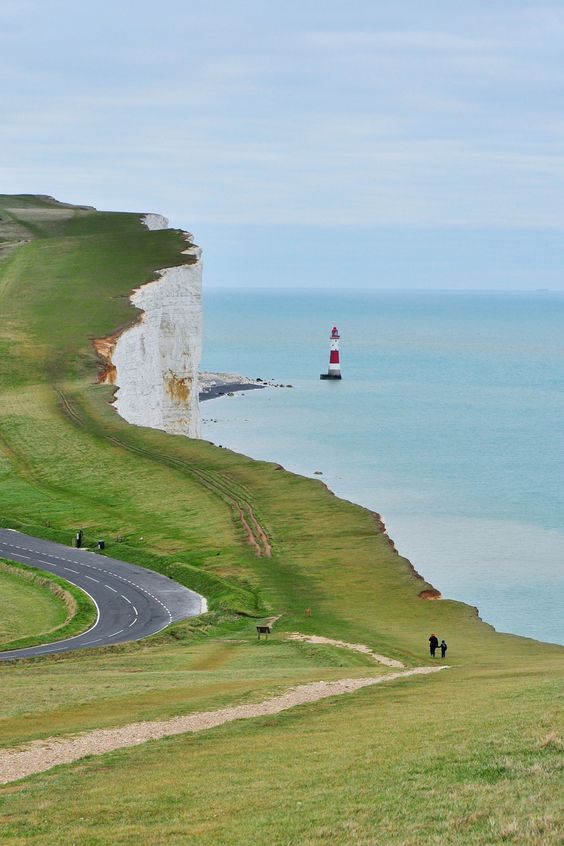
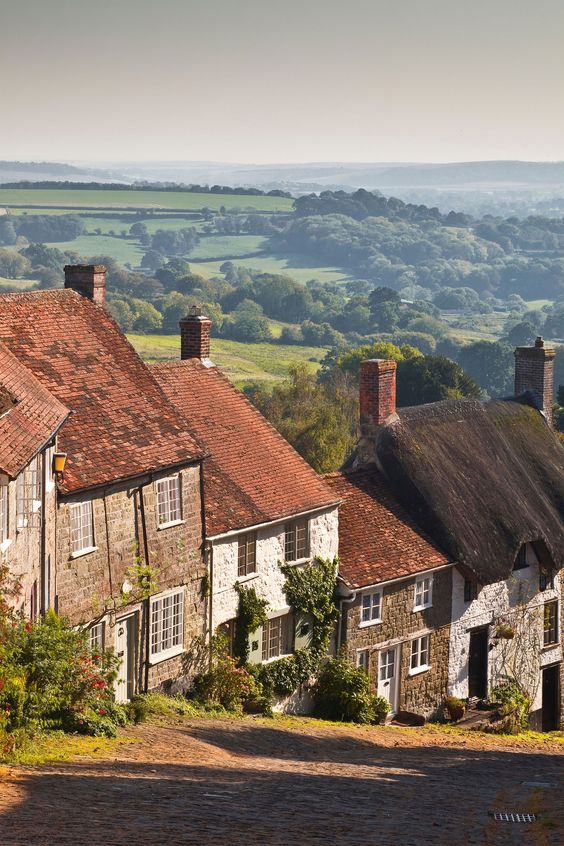
Until it was.
Just as urbanization was kicking off, a handful of industrious winemakers decided that Long Island could host excellent, world-renowned vines – if only the vineyards employed the right methods, with enough care and patience. In England, much the same thing happened around the same time.
To start, England features a cool climate, not dissimilar to that of Champagne, France. Cool climates like these are ideal for producing high-acidity grapes, which are essential for making high-quality sparkling wines. And sparkling wine is what English winemaking is all about.
In addition, English soils in Sussex, Kent, Surrey, Hampshire, and Dorset are primarily chalk, clay, and loam. Chalk is highly porous, providing excellent drainage, which is important since England – similar to Long Island – experiences significant rainfall. Chalk also reflects sunlight, helping to ripen grapes and retain heat. Meanwhile, the clay and loam work to provide a good nutrient balance for the vines.
For those in the know, this soil composition is very similar to that found in Champagne, France. Once again, it’s all about the bubbly with English wines.
And to that point, it should come as no surprise that the majority of grapes grown in England are those best suited for sparkling wine. That means Chardonnay, which thrives in cool climates, Pinot Noir, a key grape for sparkling reds, along with Pinot Meunier, Bacchus (a white varietal similar to Sauvignon Blanc), and Seyval Blanc, another white grape known for its crisp acidity.
To summarize, English wines, particularly bubblies, have garnered attention over the past few decades. Usually produced via the traditional method (méthode champenoise), these wines are often described as possessing high acidity, fine bubbles, and complex flavors. Tasting notes are often some combination of citrus, green apple, and brioche.
Now, with the crash course out of the way, let’s get tasting.
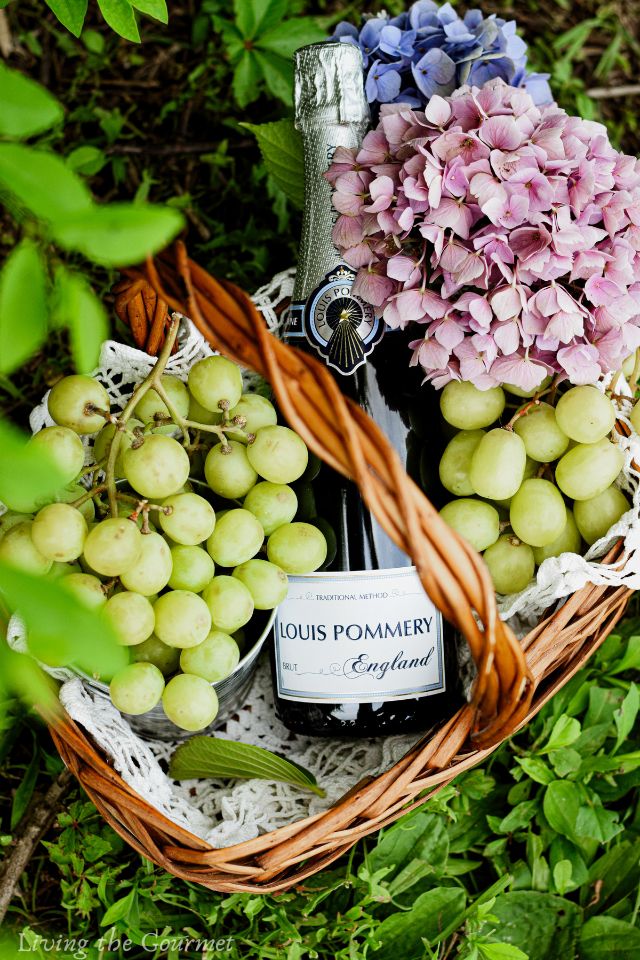
The Bottle – A Showcase
Today, we’ll be taking a look at the Louis Pommery Brut England.
Tasting and Aromatics – The Review
The Pommery Brut England greets with a pale golden color and fine, persistent bubbles. On the nose, it features a yeasty bouquet of bruised apples and brioche that’s light and buttery. On the palate, the wine features a crisp acidity, with the brioche from the bouquet carrying over nicely, with just a hint of minerality on the finish. A very pleasant bubbly.
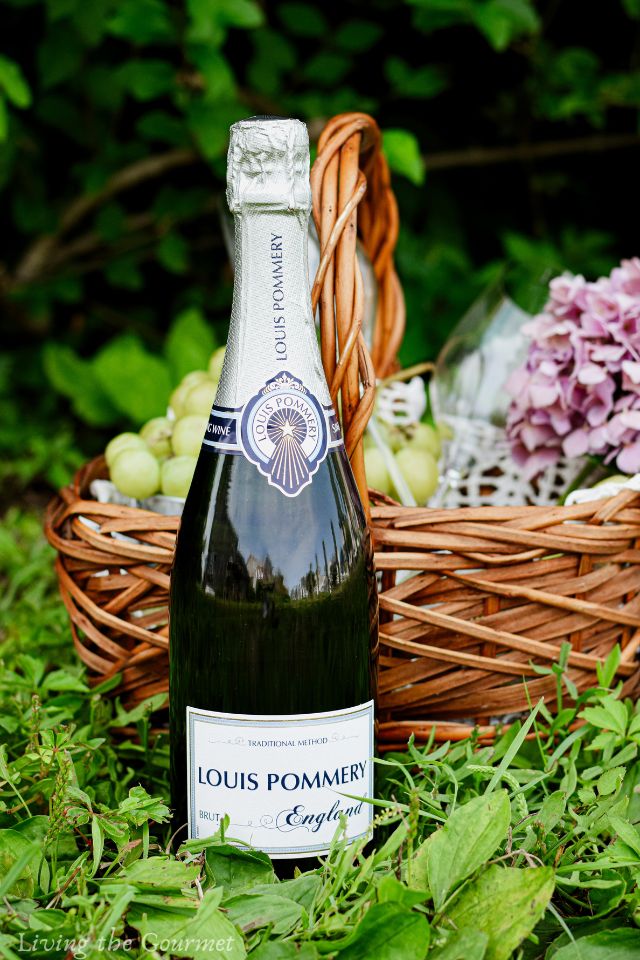
What to Eat – The Pairings
For Pairing I would suggest soft, creamy cheese such as camembert or brie. Baked brie wrapped in puff pastry with strawberry jam and mixed toasted nuts would pair beautifully. Salmon is also another delicious pairing, such as salmon marinated with figs, garlic, and herbs, and then broiled until tender and flaky. Light pasta dishes, such as lemon and butter or a light seafood linguine would also pair deliciously.
And that’s our review of the Louis Pommery Brut England. If you enjoyed this feature, tried the wine or the pairings, or have any questions or suggestions, be sure to let us know in the comments below. We always love hearing from you!
Cheers!
1
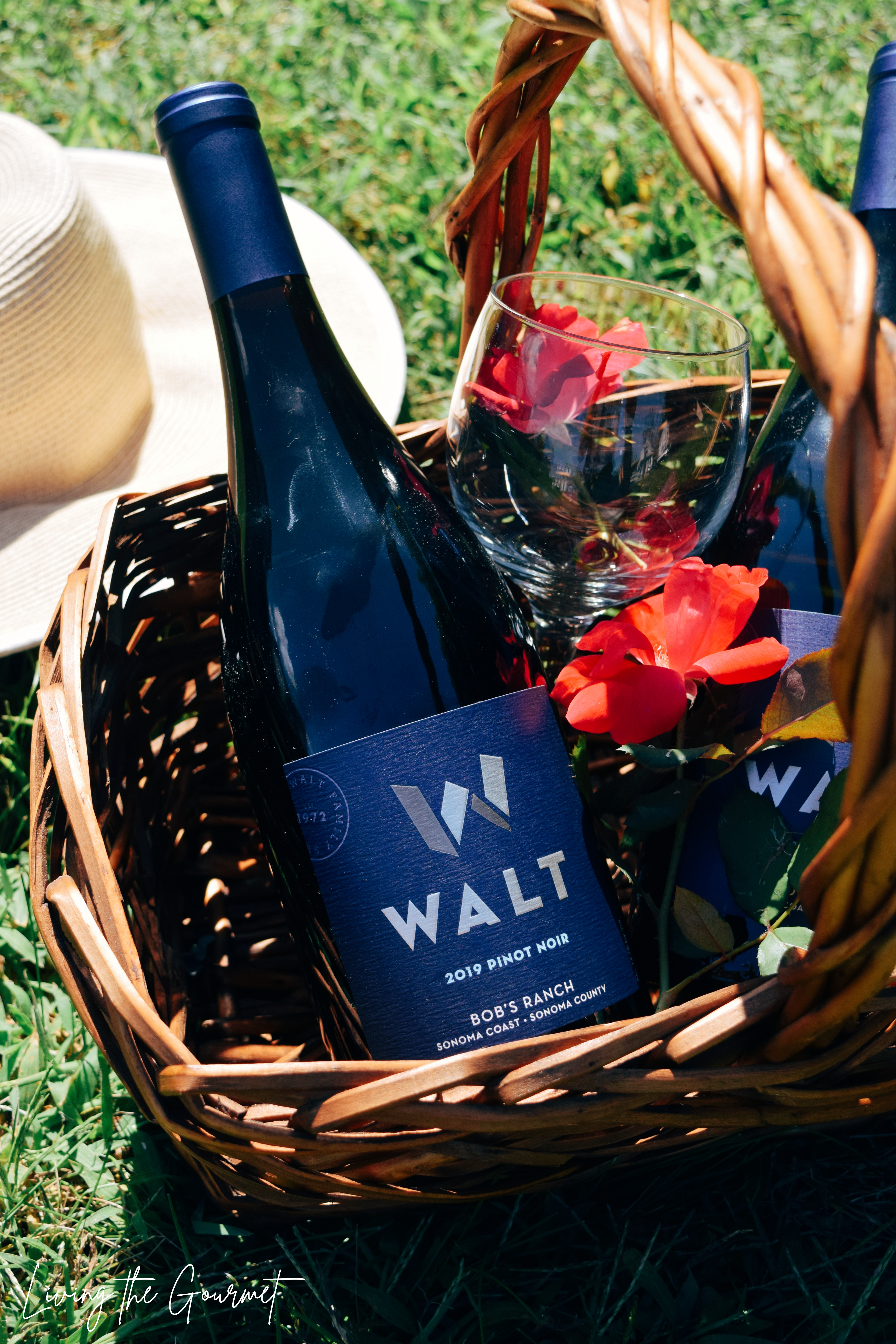
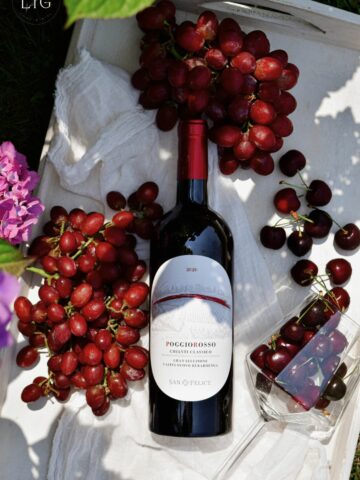
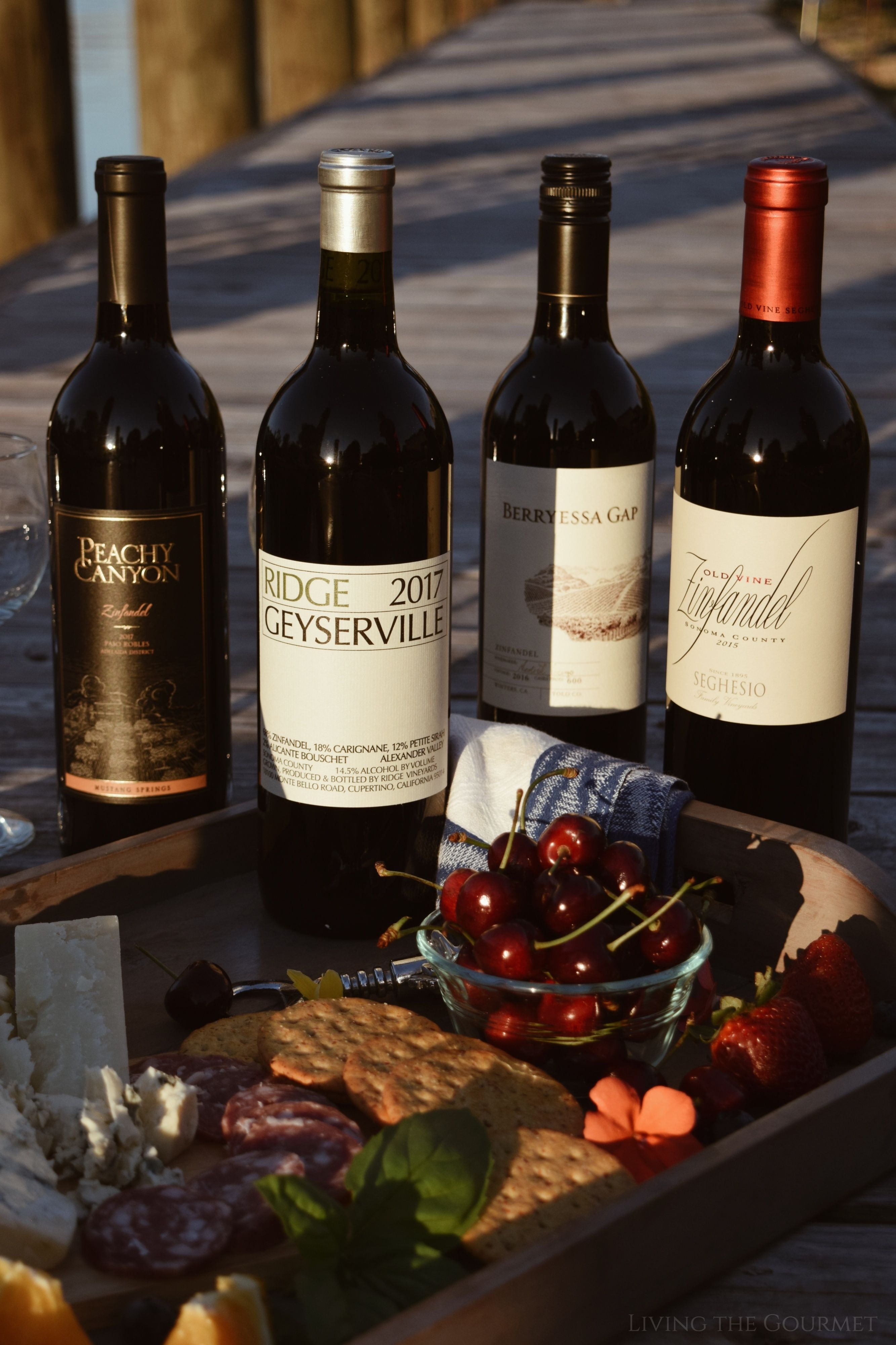
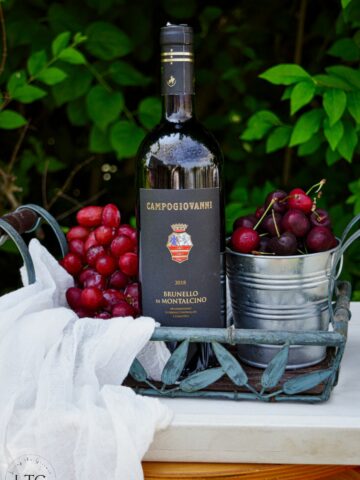
Beth says
I had no idea England had such a perfect climate for sparkling wines. It's amazing to me that I haven't heard about wines from this area before.
kelly says
That is so interesting. I have never tried wine grown in the UK. I did not think that had any. However, I have tried wine from strange places such as Myanmar (Burma) and Vietnam. Have you been to the wine regions in South Australia?
Yeah Lifestyle says
I live in Surrey and we do have a few Vineyards nearby. Although this is something that I have not actually tried before, I will have to give it a go!
Tammy says
Interesting to read that England has a perfect climate to grow grapes for wine. Beautiful pictures.
adriana says
These pictures are just stunning! I'd love to go one day - an English summer sounds amazing! Wow!
Jupiter Hadley says
It's so neat to hear you are still finding firsts to experience. This wine does sound fantastic.
Marysa says
This sounds like a lovely wine, and it was interesting reading about some of the history behind wines. Love the photos!